I have been trading cryptocurrencies for ten years now, from liquidation to achieving financial freedom, supporting my family through trading. By 2024, my funds increased by 50 times; if I hadn’t withdrawn funds twice to buy houses, it should have been 85 times.
Today I will share my trading strategies and insights with my crypto friends.
There is a saying, standing on the shoulders of giants allows you to achieve in ten years what would otherwise take much longer.
Mu Qing will also talk about the most important cryptocurrency trading strategies and techniques. Make sure to watch closely, study diligently, and consider saving! If you are fortunate to see this and want to improve your skills in the crypto circle, fellow traders.
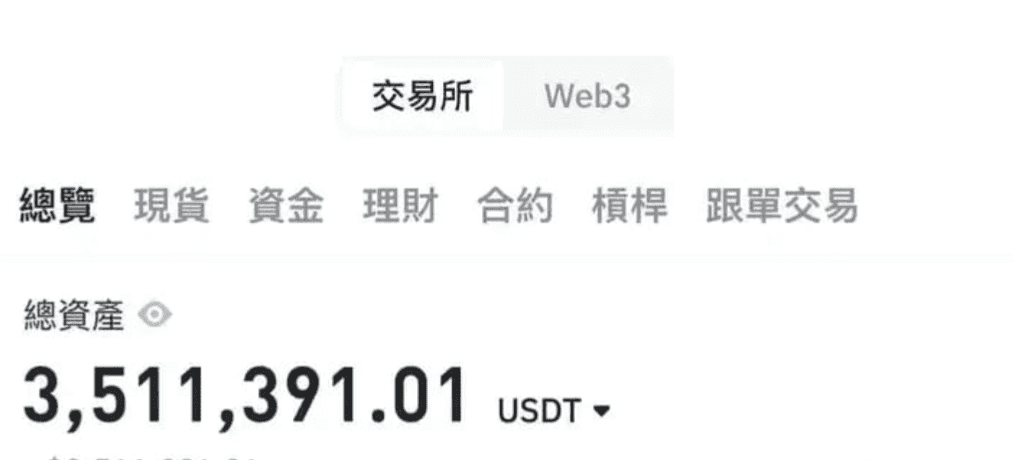
From loss to profit: 5 key naked candlestick trading rules that every trader should know!
Price action trading, also known as 'naked K' trading, is very popular among traders. For price action traders, the price movement itself is the main signal for entering and exiting the market. Price momentum, trends, and volatility influence their trading decisions.
Price action trading strategies utilize constantly changing price action data to observe the process of making buy and sell decisions on trading charts. Price action trading attempts to create good risk/reward ratios using entry and exit signals with high win rates, thus enabling profitable trades where the total profits exceed the total losses over time.
The price action trading process is the opposite of making trading decisions based on opinions, predictions, and emotions. Price action trading uses what is happening in the market to determine whether to buy, sell, or hold a position. Pure price action can show the current behavior of buyers and sellers in any timeframe. Listening to the intuitive signals conveyed on the chart can be said to be a blend of technical analysis and art.
Price action trading has four main dynamics:
1. Entry signals based on breakouts, declines, trading ranges, or chart patterns.
2. If you are going to trade, the stop loss should be set at a level that is difficult to reach.
3. If a profitable trade reverses, a trailing stop loss can help you secure profits.
4. When the price reaches the set level, lock in the profit target for maximum returns.
Price action trading rules create a framework and backing for traders' behavior to ensure they can pursue profits while avoiding losses or liquidation.
Here are the five most important price action trading rules that every trader should know:
1. Trend line rules
Trend lines are identifiers and connectors of resistance and support in chart patterns.
Trend lines are identifiers of trends within the trading timeframe.
Vertical trend lines must be drawn from left to right to identify one of the following trends.
1. Higher highs indicate an upward trend.
2. Higher lows indicate support in an upward trend.
3. Lower lows indicate a downward trend.
4. Lower highs indicate resistance in a downward trend.
Trend lines show the minimum bullish path.
After the D trend line breakout, new extreme situations will arise.
D trend line breakout may indicate a reversal of the current trend direction.
A trend line breakout may also indicate a correction of the current trend or the start of a new trend.
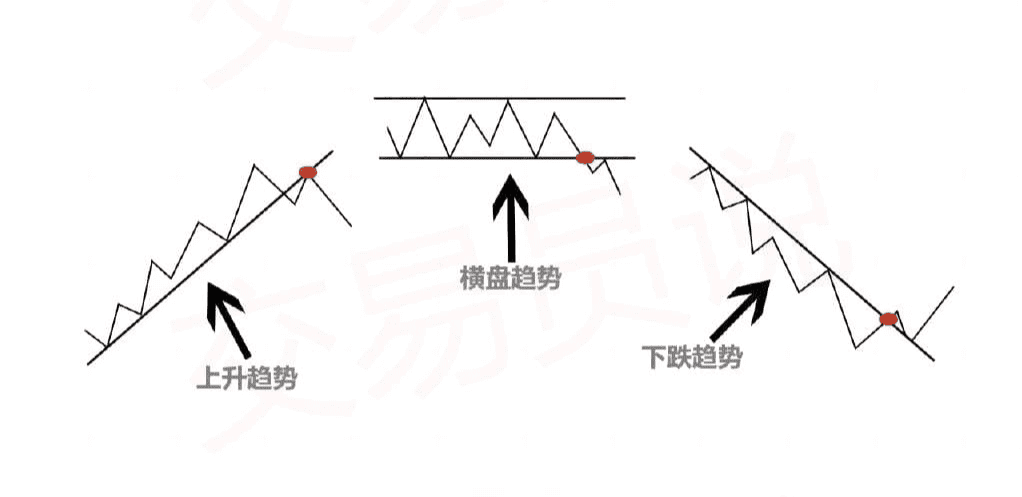
2. Trading range rules
Range oscillation charts have a clear support level where bulls enter, so the price often does not fall below this level. Range oscillation charts also have a clear resistance level where there are no buyers entering, so the price often does not break above this level. When the price breaks through resistance or falls below support and begins to deviate from the established price range, the range oscillation chart starts to transition into a trend. Buying at support or selling at resistance on the range oscillation chart can be profitable.
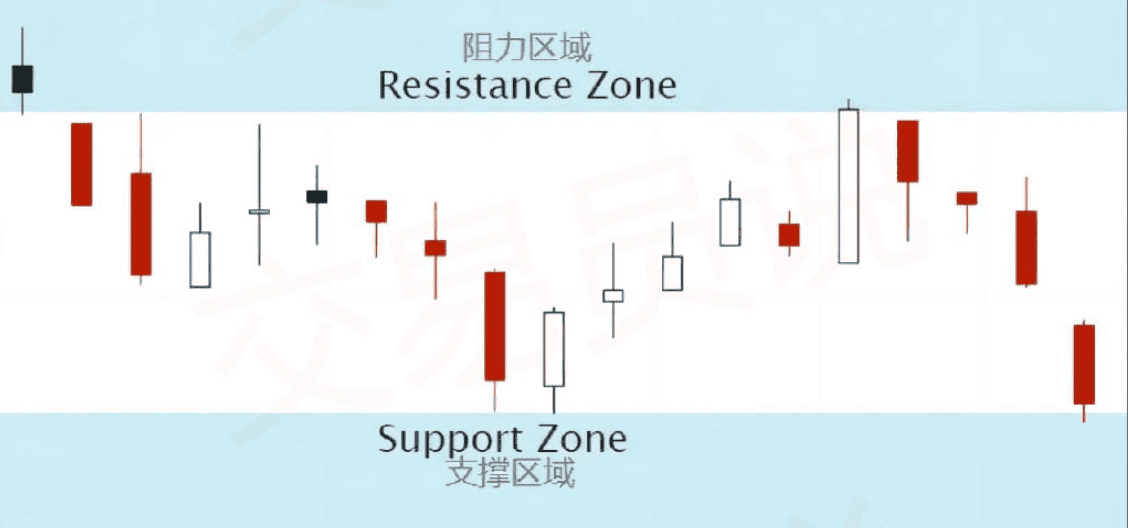
0 Price action ranges display the 'crowding' between buyers and sellers.
① Most breakouts will fail in the initial attempts.
① Most breakouts will retrace to the previous range before continuing in the direction of the breakout.
Buy low, sell high.
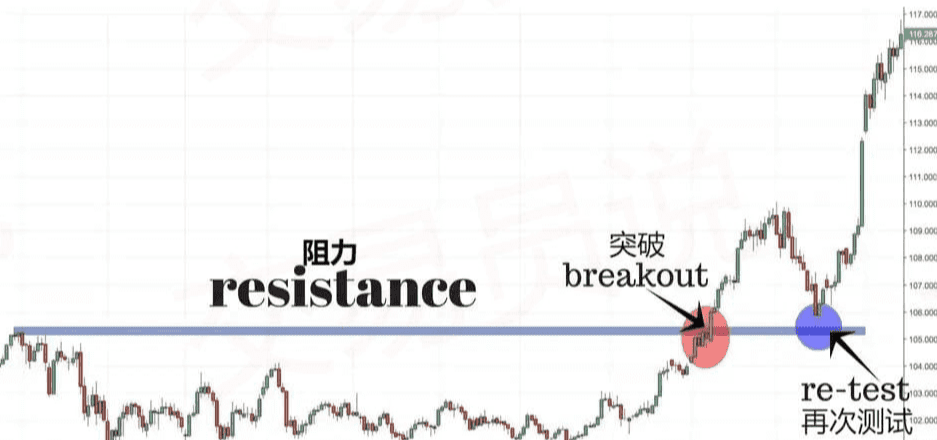
First learn candlesticks:
Pin Bar (Hammer candlestick)

Note: The tail length of a Pin bar is 2 times or more than the body.
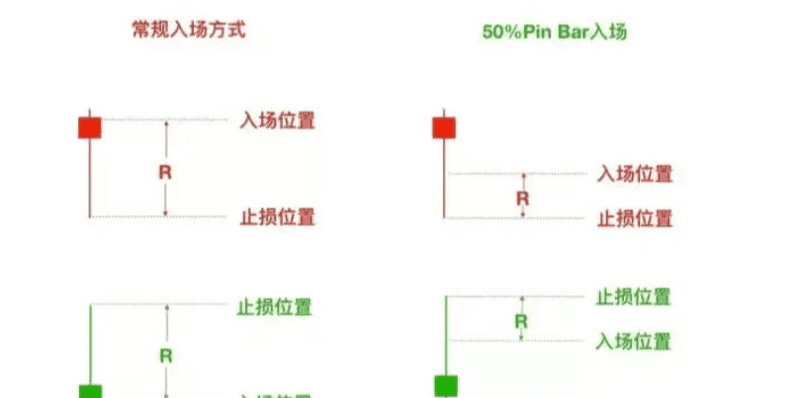
(Pregnant line) - Inside Bar

Note: A typical inside bar refers to several subsequent candlesticks being contained within the previous candlestick.

Three, Fakey+(inside bar false breakout)
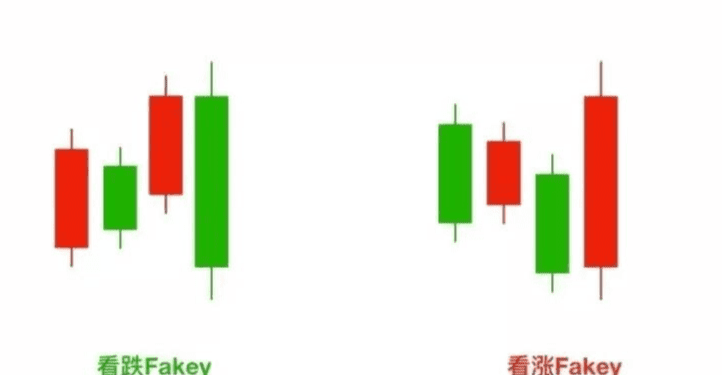
Note: A typical Fakey refers to a false breakout following an inside bar.
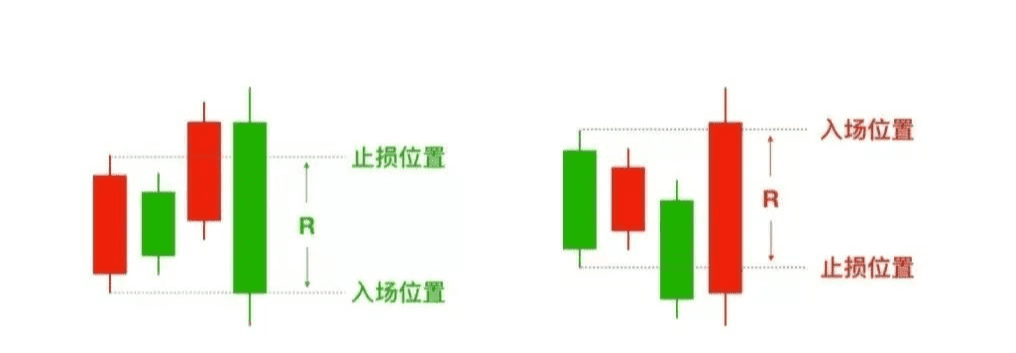
Four, Engulfing Bar (Engulfing line)
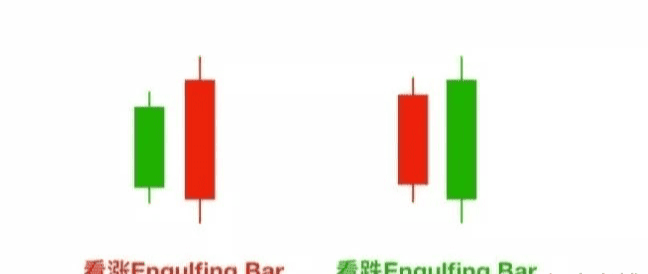
Note: A typical Engulfing bar is characterized by a candlestick that completely engulfs the previous candlestick.

h, Bar Reversal (2K reversal)
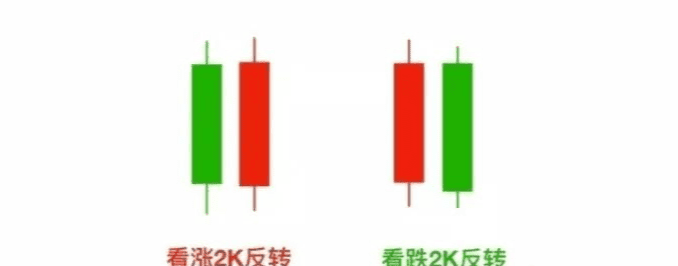
Note: A typical 2K reversal refers to the 2nd candlestick being late compared to the body of the 1st candlestick.
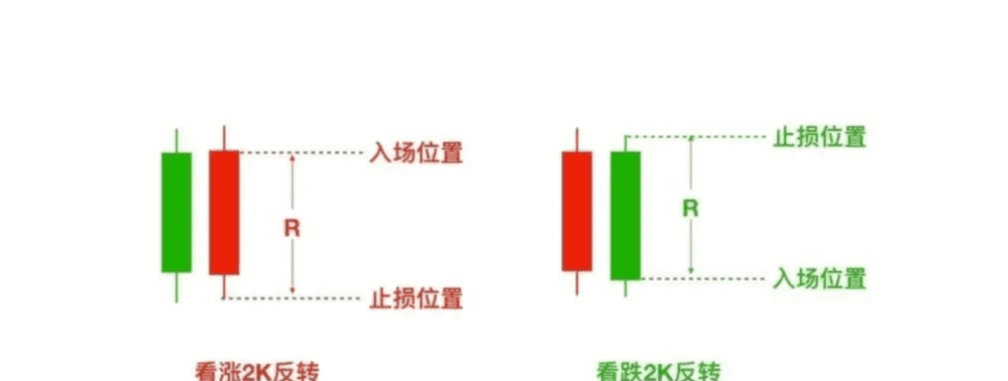
Six, Hikkake
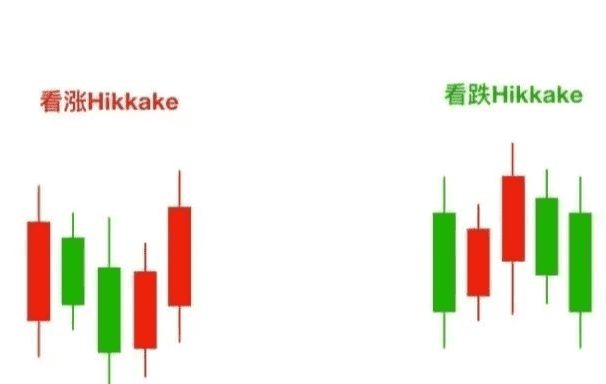
Note: A typical Hikkake pattern is a false breakout pattern composed of the 2nd and 3rd candlesticks.
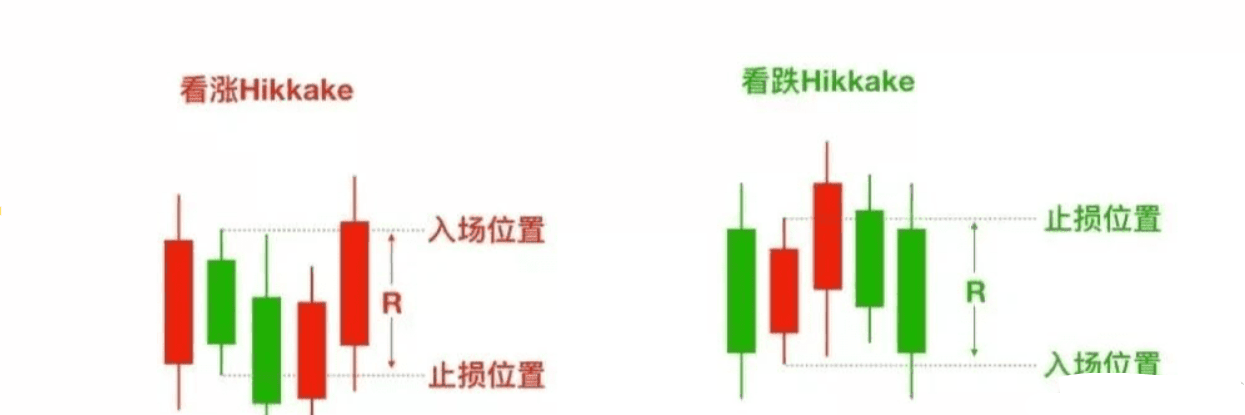
Note: After the Hikkake formation, enter when there is a breakout of the inside bar within the next three candlesticks.
Mu Qing only conducts real trades, the team still has positions available to get in fast.
